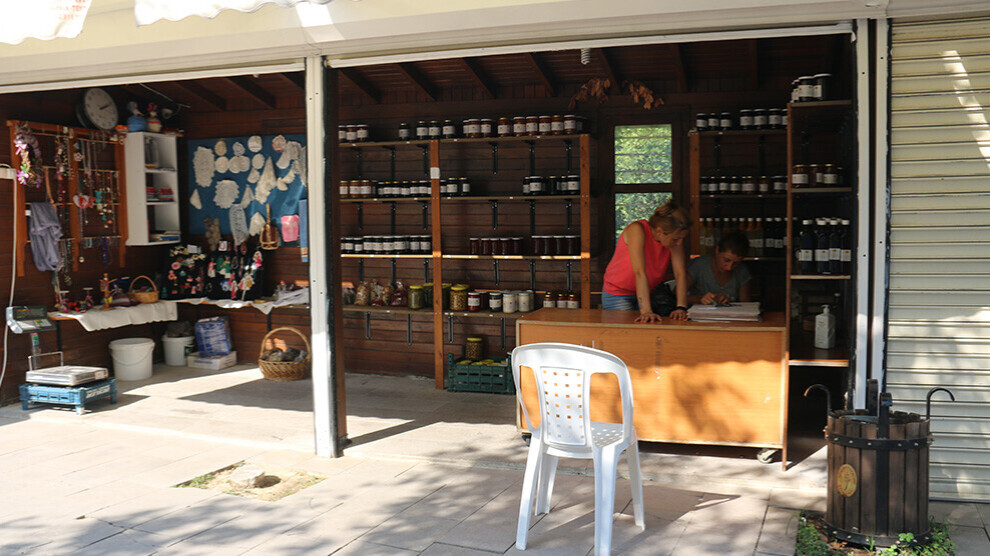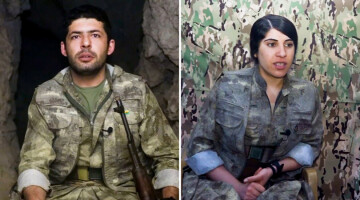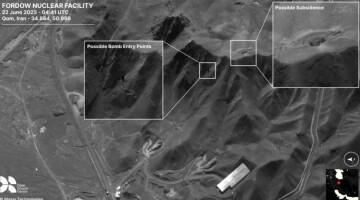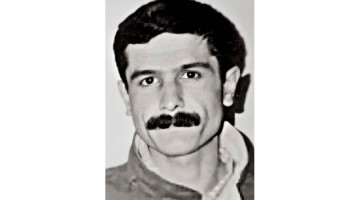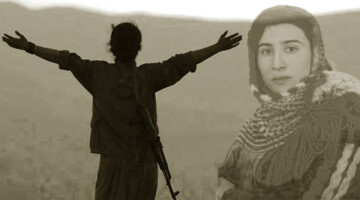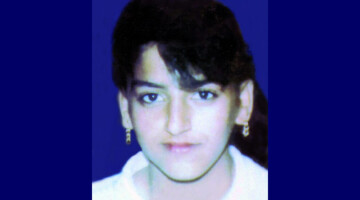The women's cooperative in the village of Vakıflı, 135 citizens in Samandağ near Hatay, was founded in 2005. The members generate income, preserve traditional skills and their culture and make a contribution to adapting to climate change. Vakıflı is the last Armenian village in Turkey. The residents are the descendants of those who opposed the Ottoman troops on Musa Dagh (Mount Moses) in 1915.
The project started in 2005. At that time, five women got together to found the cooperative. They wanted to promote their self-organization and economic independence and provide development aid for their village. Today, 39 women are active in the cooperative. They grow mulberries, blackberries, citrus fruits and olives in their own fields and in their gardens, produce all kinds of preserves, oil, soap and wine and sell their organic products in the courtyard of the Armenian Apostolic Mother Mary Church. The church, consecrated in 1895, is the center of the village. It was restored in the 1990s and an extension was added in 2005.
"Women for women"
The women in Vakıflı attach great importance to the quality of their goods as the basis for their freedom and autonomy. Aspects such as sustainable production through a better use of the cultivated areas by means of environmentally friendly methods, direct and solidarity action without intermediaries are very important.
 They act according to the principle “women for women” and with a collective infrastructure. This, together with an intelligent use of the available resources, is what Kuhar Kartun, the chairwoman of the cooperative said, makes the coop work. “For example, - she added - we make bitter orange jam, our famous orange blossom jam and concentrated syrup according to our grandmother’s recipe. We have now refined the product and expanded our range to include liqueurs. We produce it particularly from mandarin kernels.” Only a few of these trees remain in Vakıflı, at most one or two in each garden. “Unfortunately, they are threatened with extinction,” says Kartun.
They act according to the principle “women for women” and with a collective infrastructure. This, together with an intelligent use of the available resources, is what Kuhar Kartun, the chairwoman of the cooperative said, makes the coop work. “For example, - she added - we make bitter orange jam, our famous orange blossom jam and concentrated syrup according to our grandmother’s recipe. We have now refined the product and expanded our range to include liqueurs. We produce it particularly from mandarin kernels.” Only a few of these trees remain in Vakıflı, at most one or two in each garden. “Unfortunately, they are threatened with extinction,” says Kartun.
With money comes autonomy
The women in the village cooperative are also its owners and decide for themselves how they want to use the jointly generated profits. Kartun said: "We are a family here and a small model village." Vakıflı is organic, fair, and ecologically sustainable and has already been rewarded with several prizes, both in Turkey and from other European countries. It pays off: every year around 65,000 people from all corners of the world visit the village. Tourism has now become the main source of income in Vakıflı. The members of the cooperative are satisfied. The more people visit the village, the more support opportunities there are for women.
The last Armenian village in Turkey
Until 1915, when the Young Turkish government in the Ottoman Empire largely wiped out the millennia-old Armenian existence and culture in the region with a genocide, there were five other Armenian villages in Musa Dagh next to Vakıflı (formerly Wakef). When the residents were to be deported to the Syrian desert on the orders of the Young Turks, almost 4,100 people sought protection in the mountains.
They stayed there for around seven weeks and resisted under the leadership of the former officer Moses Der Kalousdian before they were rescued by five French military ships and evacuated to the Egyptian city of Port Said. They stayed there until the end of the First World War. The Austrian writer Franz Werfel, who accidentally came across this story on his trip to the Middle East in 1929, created a literary memorial to the citizens of the Armenian villages on Mount Moses with his thousand-page novel “The forty days of Musa Dagh” (1933).
After Hatay was added to the French mandate of Syria, many Armenians returned to their villages in 1919. When Hatay State became part of Turkey in 1939, the residents of five of the six Armenian villages decided to relocate. Those from Vakıflı stayed. In Lebanon, the French colonial power made some land available to the Armenian refugees in Anjar. The six districts are named after the six villages - Haji Hababli, Kabusia, Wakef, Khodr Bek, Yoghun Oluk and Bitias - of Musa Dagh. More information about Vakıflı can be found at www.vakifli.com
Dozens of refugees walking on the shore of Lake Van in Gevaş district were caught by soldiers.
Dozens of refugees walking on the shores of Lake Van in the Gevaş district of Van were caught after being chased by soldiers and guards.
The captured refugees will be handed over to the Removal Center after the identification procedures.

